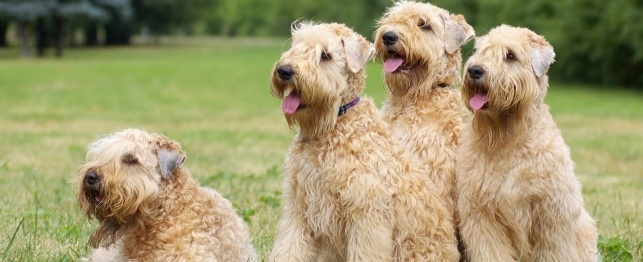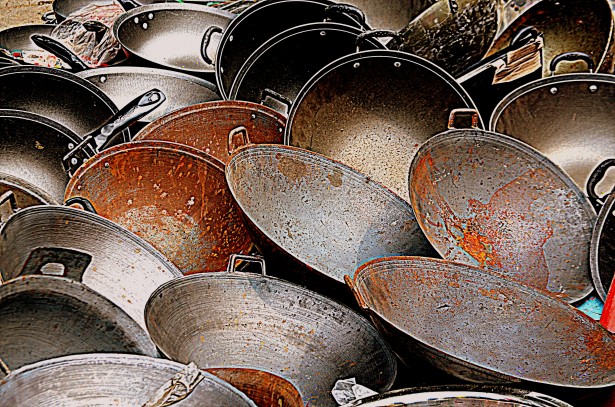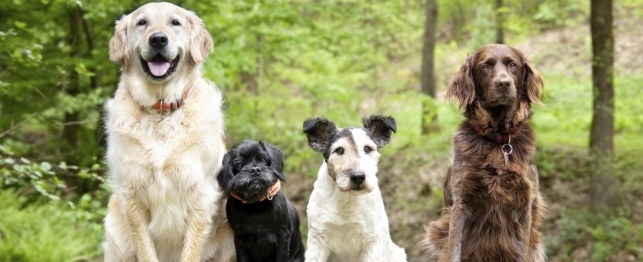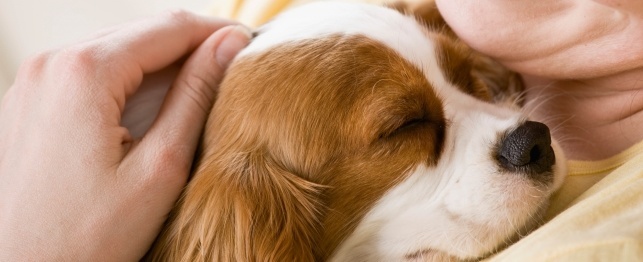From approximately the twelfth century, both the knights and the lords of the European continent began to adopt heraldry symbols and devices that ornamented their banners and their shields in order to represent themselves as well as their qualities. The majority of scholars who specialize in History disagree on the exact initial objective of heraldry symbols. However it is possible that such heraldry symbols were employed for identification reasons or merely as a means of vanity. Some time later, heraldry symbols became vastly used as army status symbols. Over the course of time, the symbols of heraldry have gained in complexity. In this article, we shall provide some general information about the meanings that are behind historic heraldry symbols. More specifically, we will talk about the different colors, about the different lines, about the different animals, about the different weapons, about the different places, and about the different objects.
The different colors that were employed as backgrounds in heraldry usually had a very particular meaning. This meaning generally referred to the features of the ones who used to wear them. For instance, the green color symbolized both loyalty in love and joy, while the white color related to peace. The maroon color was employed to represent an individual who was patient on the battlefield, while the red color symbolized war as well as army power.
Just like the colors that were used in heraldry, the lines that were displayed on those designs had a meaning too. For example, a wary line represented water in the appearance of waves, while an embattled line that resembled the battlements of a castle symbolized either a city or a fortress. A line that featured a row of indents at its bottom was a representation of fire.
There were numerous heraldic symbols that had the shape of animals that were commonly seen among people. These usually encompassed both domestic animals and exotic beasts. The use of animals in heraldry depicted the character of the bearer of the design. Indeed, if an individual was wearing a lion symbol, then it meant that the individual had the same character as the lion. Another instance was the dog, which essentially symbolized both duty and loyalty. If an individual had a design that represented a bear, it meant that the person had a ferocious spirit and would defend their family when threats drew near. Bear also symbolized the possession of strength. Finally a dove was a representation of both peace and love.
Using weapons as a heraldry symbol was another thing that had been observed over the course of the decades. Weapons were a motif that usually suggested the abilities of the wearer on the battlefield. There was a variety of weapons that were used by fighters such as bows, daggers, and even swords. An individual who had on their outfit a motif displaying both a bow and arrows was seen as a person who was prepared for the battle. While a motif that depicted a dagger or even a sword meant that the individual would stand for both a sense of justice and military honor.
A location such as a house or a city tower generally gave some indication about the origins of the wearer. Yet, it might also have signified their status or their role. For instance if a bridge appeared in heraldry, then it meant that the wearer used to be a magistrate of a locality or a governor. If it was castle instead, then one could have concluded that it was representation of a sense of safety.
The diversity of the heraldic devices symbolized the daily items that people used during the Middle Ages. These encompassed agricultural devices including spades or even scythes.

 How to Pick a Good Breeder
How to Pick a Good Dog Breeder
How to Pick a Good Breeder
How to Pick a Good Dog Breeder
 Great Tips For Obtaining The Best From Your Home Transaction
In case you are offering of getting a for any reason, you w
Great Tips For Obtaining The Best From Your Home Transaction
In case you are offering of getting a for any reason, you w
 Nick Names for Common Dog Breeds
Nick Names for Common Dog Breeds
Nick Names for Common Dog Breeds
Nick Names for Common Dog Breeds
 The Time of Your Life: Do You Have Enough for a Dog?
The Time of Your Life: Do You Have Enough for
The Time of Your Life: Do You Have Enough for a Dog?
The Time of Your Life: Do You Have Enough for
 Top Dog Breeds for Apartment Life
Top Dog Breeds for Apartment Life
Top Dog Breeds for Apartment Life
Top Dog Breeds for Apartment Life